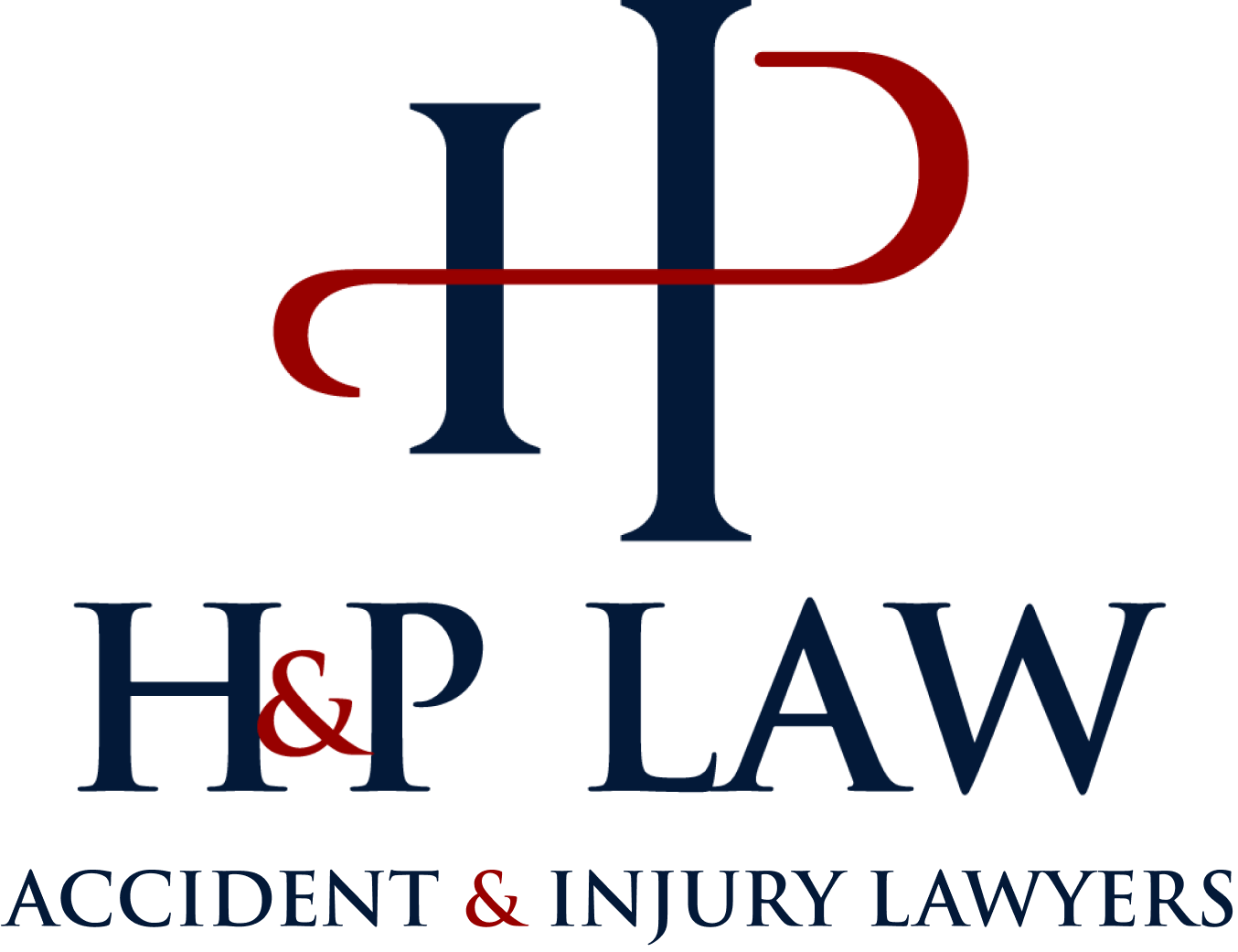
States across the nation are experiencing thunderstorms, heavy rain showers, and flash flood warnings. Nevada is no exception to this weather trend. A monsoon hit the city of Las Vegas earlier this month, lasting from late in the week through the weekend. According to the National Weather Service (NWS), there were thunderstorm warnings and heavy rain in several cities in addition to Las Vegas including Boulder City, Henderson, and Mesquite. As a result of the extreme weather, thousands of Nevada residents temporarily lost power and many trees were blown down in several areas causing traffic issues. The storm put the safety of Nevada residents at risk and affected the Las Vegas strip, casinos, and the local airport.
Flash Flooding on Las Vegas Strip
The Las Vegas Strip, which is populated with tourists during the summer months, was not spared from the severe storm. As a result, numerous casinos experienced flooding and power outages. Witnesses described the shocking event to news media as water gushing from the ceiling onto the gaming tables and slot machines, causing debris to fall and visitors panicking about a possible roof cave-in. Many casinos suffered flooding, including Planet Hollywood and Caesar’s Palace. Harry Reid International Airport experienced flood delays because the streets downtown were flooded and the rain would not cease.
According to the American Red Cross of Nevada, over 30 Nevada residents were displaced as a result of the storm’s high winds knocking large trees onto a local apartment building. According to a spokesperson from the Nevada Water Science Center & the U.S. Geological Survey, the monsoon season in Nevada generally runs through July and September. That being said, a storm landing directly on the strip is unusual. As a result of the storm, Las Vegas saw more than one inch of rain during those few days, while the city only experiences four inches of rain in total every year.
Driving During Extreme Weather
Because of the typically dry weather in Las Vegas, many residents are not used to driving in severe rain and thunderstorms let alone flash flooding. It is no surprise that high winds and heavy rain that come with flash flooding cause extremely dangerous driving conditions. You should not drive in such weather at all. If you have to drive under such conditions, make sure you:
- Drive with your headlights on, but using the low not high beams;
- Do not drive through areas that appear flooded, even if the water looks shallow;
- Increase the distance between your car and others so you have more time to react;
- Reduce your driving speed to not negatively affect tire traction on wet or slippery roads;
- Avoid using the cruise control feature on your vehicle;
Other Important Tips in Dangerous Situations
First, if your car hydroplanes, slowly take your foot off the accelerator and steer straight. Second, if you are driving in flash flooding and your car stalls, abandon your vehicle and move to higher ground as flood waters rise quickly.
Car Accident Attorneys
Each year extreme weather seems to be coming more often and more severely. If you or someone you know has been involved in a car accident due to flash flooding or rainstorms, contact the skilled personal injury lawyers at H&P Law.




